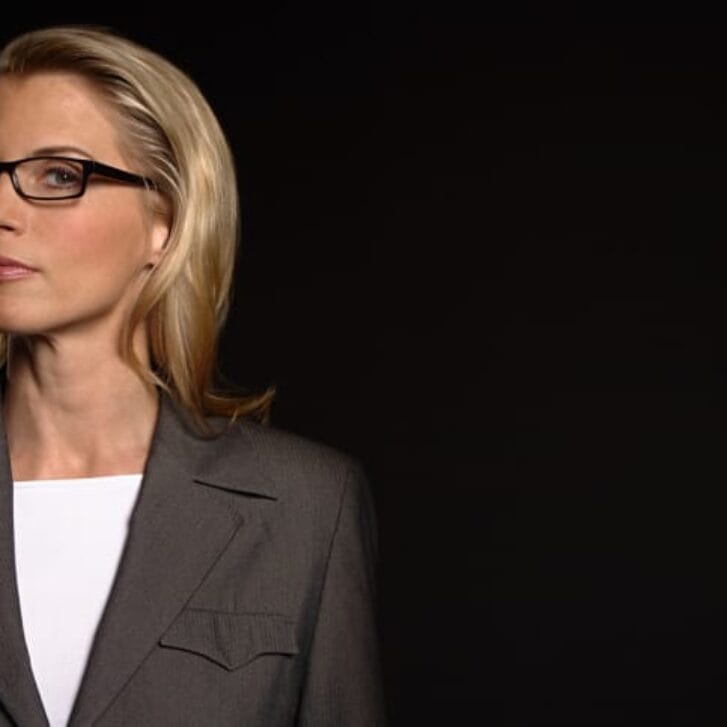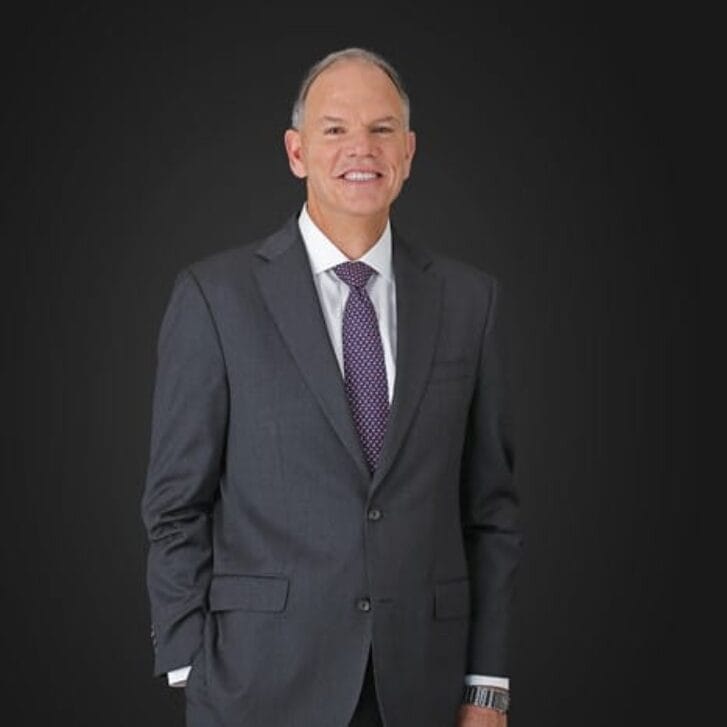Hilary Kramer WG91 has made a name for herself as a savvy stock picker, providing investment advice ahead of the curve. A frequent contributor to news outlets such as Bloomberg, CNBC, and Reuters, Kramer is the author of several financial publications and three books on investing, as well as the host of Millionaire Maker, a nationally syndicated radio show and podcast. She also provides investment research through Kramer Capital Research and, earlier in her career, started a hedge fund focused on green investments — notable at the time for being a woman-owned fund in an emerging space.
Kramer recently shared insights into her wide-ranging career, her thoughts on ESG investing, and more with Wharton Magazine.
Wharton Magazine: You’ve achieved great success throughout your career, starting as an analyst and investment banker at some of Wall Street’s biggest firms before going on to found your own hedge fund, among other accomplishments. What have been your most pivotal moments along the way?
Hilary Kramer: We may not realize it in the moment, but every step we take in life, whether positive or negative, is pivotal and leads to the next focal inflection point. It is always a process of development, evolution, and progress. In my case, the tragic loss of my sister transformed my father, a partner at EY who realized that family is everything. After that life-changing event, he started pulling me out of school for weeks at a time to travel all over the world with him for business. I had the opportunity to visit the production floors of Japanese car manufacturers, and I even sat through tax meetings on the complexities of valuing everything from real estate to media libraries. I became hooked on following publicly traded companies and the macro influences that impact their growth or contraction. So, it is no surprise that I believe Take Your Child to Work Day should be a requirement, and not optional.
The second most pivotal experience in my life came from being fortunate to work for Vikram Pandit at Morgan Stanley on the capital-markets desk, before he became CEO of Citigroup. Through this experience, I learned how to price deals, how to put a syndicate together, and the little details like the art of calculating how many shares to offer when the IPO comes. One of the highlights of this experience was bringing Australian company BHP — one of the largest resource companies in the world — public in the U.S.
Then I went to Wharton to take everything I’d already learned to the next level. It was another pivotal step for me because it gave me more accounting and financial valuation tools, as well as better grounding in other organizational functions. I also built lifelong relationships there. Some of those people were part of the team I built in the long and gloomy hangover from the 1987 crash. Eventually, a Wharton colleague introduced me to one of the world’s wealthiest billionaire families, who needed someone to manage their portfolio and direct investments, taking companies public on the U.S. market, and so on.
Before I knew it, a decade had flown by, and I was ready to take a break, maybe even retire. I wanted a family. But a client “asked” me extremely emphatically to start a hedge fund. I agreed on the condition that it would be an environmentally friendly, female-owned firm that would invest in green companies, at a time when the field was relatively narrow and homogenous.
I’ve since pivoted into pure investment research with 100,000 loyal subscribers. We have institutional and individual clients now, paying for the ability to invest in the ideas that arise from my research. It is the future: cutting out layers of intermediaries and simply providing everyday investors with an institutional-grade experience. My success over these 12 years has been due to the fact that I am only as good as my last trade.
WM: Your hedge fund, the GreenTech 21st Century Master Fund, was an early entrant in the 2000s among hedge funds focused on areas such as alternative energy and clean technologies. What gave you the confidence to pursue these types of investments then?
HK: I was always very connected to the earth and its fragility. One of my professors at Wellesley College had given me a book on the story of [the environmental disaster at] Love Canal. I went to Vietnam to see the aftereffects of chemical warfare. I’ve seen deforestation and bulk extraction, but I’ve also seen how resilient the environment can be when people are aware of what they’re doing. Money has consequences. Development can be pursued through sustainable approaches, or not. There is a choice.
WM: What are the most critical issues that ESG investors should consider when making new investments today?
HK: The most critical issues revolve around how we all define our terms. The basic investment case is very easy to make. Not a lot of people actively want to invest in unsustainable enterprises — assets that are depreciating in one way or another, making it harder over time to continue operations in any efficient fashion. Given the choice, most of us want to put our capital to work in enterprises that move in the opposite direction. That’s how wealth gets created.
But with the corporate community stepping up with their own view of what sustainability entails and what constitutes compliance, investors need to decide for themselves what they really want. What do you mean when you say “governance,” and what do you want in terms of social parameters? I’m working toward a world where we can define the goals in clear, actionable terms and then engineer Pareto-improved outcomes. But it starts with knowing what you want and the priorities — because it is all important, and all of the elements of ESG are tied together.
In the U.S., shareholders are focusing on the environment, fair hiring practices, and equal representation, and — in lockstep — some of the biggest investment firms, like BlackRock, are deciding that investments in ESG-compliant companies is the only way to proceed. In places like the European Union, there is regulation that is being put in place requiring sustainability-related disclosures and, ultimately, regulation that will require companies to comply to the standards of ESG that are established. My concern is that this doesn’t become a free-for-all in which there are creative ways for a company to skirt these requirements so that they can remain the client of banks and have their stock and bonds bought by pension funds.
WM: As a pioneering woman in the field, what advice would you give to recent alumnae and women currently studying at Wharton who are looking to get their foot in the door as investors?
HK: Call. Email. Text. Connect on social media. Send letters … buy stamps! You need to stay in front of people. Be persistent. Be present. Be public.
Keep improving what you do, day by day. And accept that you’re never going to have it all, especially as a professional woman. You could be on the most important Zoom meeting of your life, and your son may decide to draw all over the background wall with Sharpies. Or, the dogs may decide to stretch out in exactly the wrong place. Yes, that has happened to me. There’s no time to move the camera. Just go with it. If you have kids, they’ll teach you resilience.
And so many women miss out on kids in order to have a career. That breaks my heart. Don’t settle for one or the other. Don’t miss having children.
WM: In addition to investing, you’ve been successful as a TV commentator, radio personality, and the author of numerous newsletters and books, including WSJ bestseller GameChanger Investing. What would you tell someone who is looking to share their expertise through podcasts, books, and other media, but who might not have previous experience doing so?
HK: Especially in communications, you have to follow your bliss. They can tell if you’re faking it. And if your message isn’t about something like love or enthusiasm, you’re unlikely to be able to build a real robust following. If you feel like you’re working, you’re in trouble. Find a message and platform that integrates who you are with what you want to do every day. You must have passion.
When there was no other green hedge fund out there and very few women on Wall Street, it’s what reminded me constantly that I could do this. Some meetings, I had investors laugh in my face. They could not believe a company that made new rules for itself and followed them freely could make more money than one that could always take the easy road on emissions or the quality of life of its employees or local communities. Sooner or later, people will hear you if you keep talking. Demographics change. The needle moves. Stay ahead of the curve. And always keep in mind my MBA class’s motto: “Carpe diem.”

























